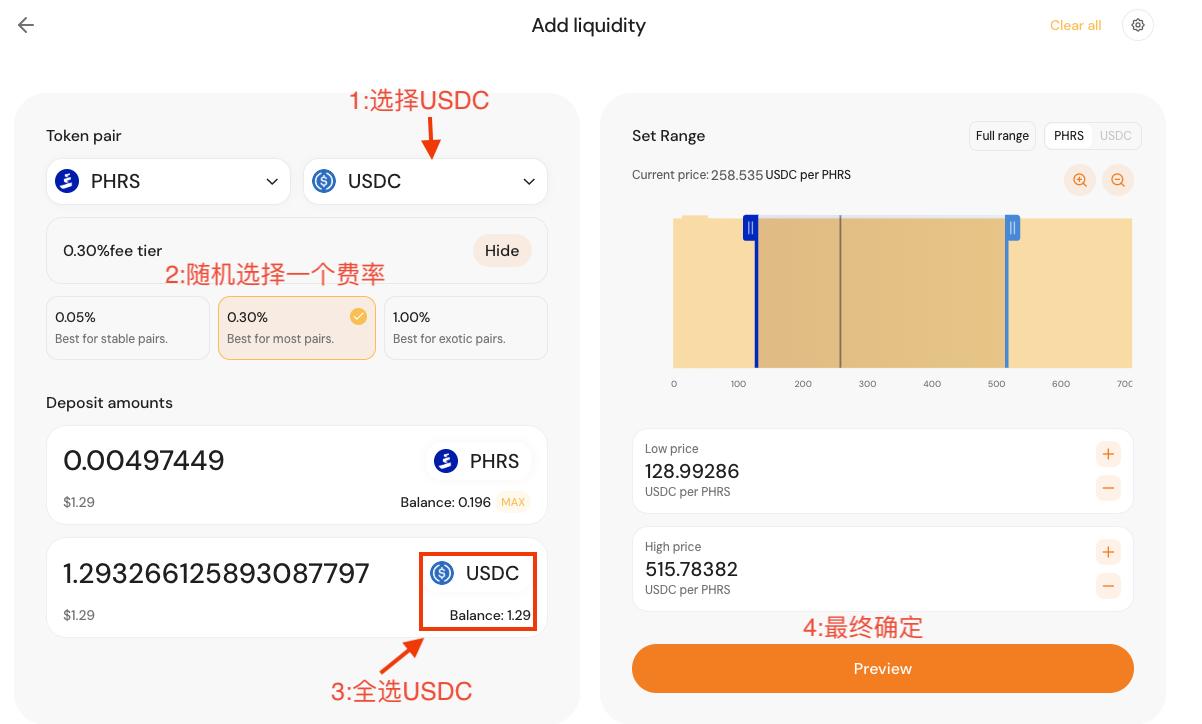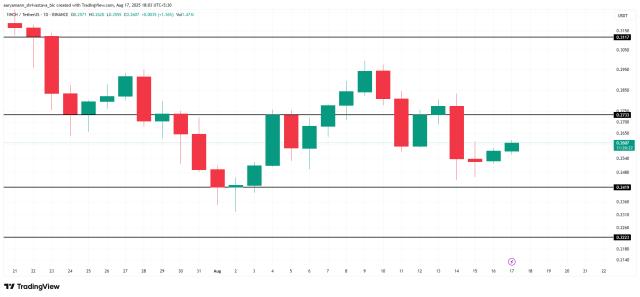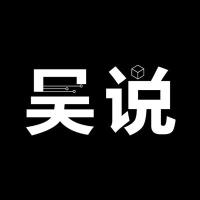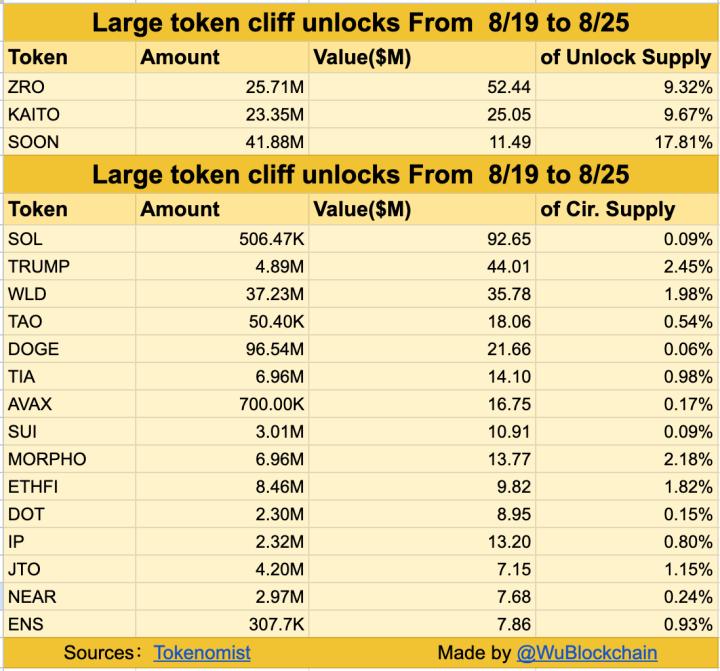Original | Odaily (@OdailyChina)
Author | Golem (@web3_golem)

On May 16, the popular RWA public chain Pharos announced the launch of its public testnet, attracting widespread market attention. Pharos simultaneously launched a series of testnet tasks, with users showing extremely high enthusiasm. According to official disclosed data, the testnet attracted over 110,000 real users within just 24 hours of its release.
RWA remains a hot topic this year, and as a new-generation high-performance RWA public chain, Pharos offers high interaction potential. Odaily will provide a step-by-step guide on how to interact with the Pharos testnet for free.
Pharos Introduction
Pharos is a new-generation Layer 1 public chain focused on RWA. In terms of performance, the network features a modular design and high parallelism, with the current testnet TPS reaching 30,000, far surpassing other EVM and parallel networks. Pharos also employs an innovative GPU-like architecture that improves storage efficiency by 80% and can support billions of users. In terms of business, Pharos focuses on institutional RWA application scenarios and enterprise-level decentralized financial needs, aiming to become a powerful infrastructure bringing traditional institutions into the Web3 market.
Founded in 2024, Pharos's core team includes Web2 experts from Ant Digital and Alibaba Blockchain, as well as Web3 industry veterans. For example, Pharos's Chief Marketing Officer Laura Shen previously worked as a marketing director at Olana Mobile and PayPal's crypto marketing; RWA Strategy Director Bocai previously participated in RWA pilot projects with the Monetary Authority of Singapore, the Australian Central Bank, and the Ghana Central Bank, and is also a Web3 researcher; Ecosystem Director Wilguish previously worked at Wormhole.

In terms of financing, on November 8, 2024, Pharos completed a $8 million seed round led by Faction and Hack VC, with participation from SNZ Holding, Hash Global, MH Ventures, Dispersion Capital, Generative Ventures, and Chorus One.
Interaction Tutorial
Obtaining Test Tokens
First, log in to the Pharos testnet website, click to connect your wallet in the top right corner, and then claim Pharos testnet tokens on the homepage. It is recommended to use the OKX Web3 wallet, which does not require manually adding the Pharos testnet.

As shown in the left image, after completing the human verification, you can claim 0.2 PHRS test tokens, which users can repeat every 24 hours. If you want to claim more test tokens at once, you can also use the ZAN faucet to freely obtain 0.2 PHRS test tokens (ZAN is a Web3 technology company under the Ant Financial Group).
Complete On-Chain Tasks
After the test tokens are received, click "Experience" at the top of the official website to jump to the testnet task interface. Currently, testnet tasks include daily check-in, on-chain tasks, and social tasks. As shown in the image below, first click the top right corner to check in. Check-ins cannot be made up, so remember to set an alarm on time each day.

Token Exchange
The first on-chain task is token exchange. Click "Swap" to jump to the Swap page of the ecosystem's DEX Zenith. During the jump, MetaMask may mistakenly pop up a harmful warning, which you can directly ignore.

As shown in the image, users can currently use PHRS to exchange USDC and USDT assets on the testnet. Enter a small amount of PHRS and click "Swap".
Add Liquidity
The second on-chain task is adding liquidity. After successful exchange, directly click "Pool" in the top left corner, then click "+New Pool" to create a new LP.

Then select the USDC just exchanged, choose a random fee rate, and invest all the previously exchanged USDC into the LP. The system will automatically match the required PHRS test tokens. Finally, click to authorize and confirm adding liquidity.

Send Tokens to Other EVM Addresses
The third on-chain task is sending tokens to other EVM addresses. Return to the Pharos testnet website, click "Send", and then enter the test tokens you want to send and the receiving address. Pharos is fully EVM compatible, so users can directly paste their other "0x" addresses.

Invite Friends and Repeat Tasks
These three tasks are not one-time. Users can repeat them multiple times in a day. Previously, there was a rumor that users needed to complete 91 interactions daily to earn points, but the official seems to have removed that requirement. However, it is still recommended that users repeat these three tasks multiple times each day.
Additionally, users can improve their level by inviting others. Click the fourth task "Invite" to copy your link. However, rewards are only obtained when the invited user registers and completes tasks.
Social Tasks
In addition to on-chain tasks, users can improve their level by completing social tasks. As shown in the image, simply follow the Pharos official X account, retweet and comment on specific tweets, and join the Discord community. These are all one-time tasks.

Contract Deployment
Besides the interaction tasks listed by the official, users can also deploy contracts on the Pharos testnet to enrich interaction data. Click to enter contracts, select Pharos testnet for contract deployment. Users can deploy a simple timer contract on the testnet, or issue ERC-20 tokens or NFTs. Taking token contract deployment as an example, simply enter the full name and symbol of the token to complete deployment.







